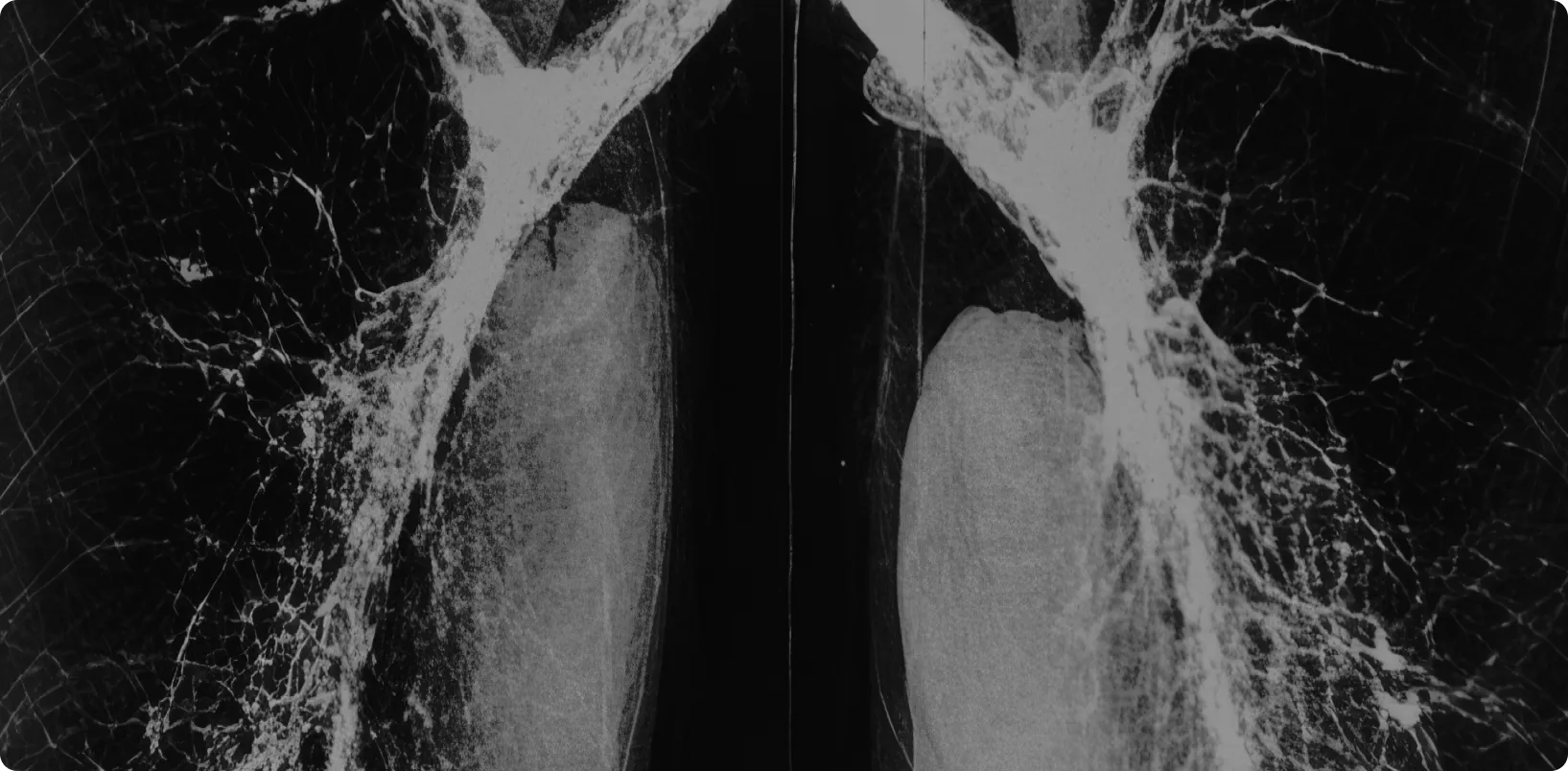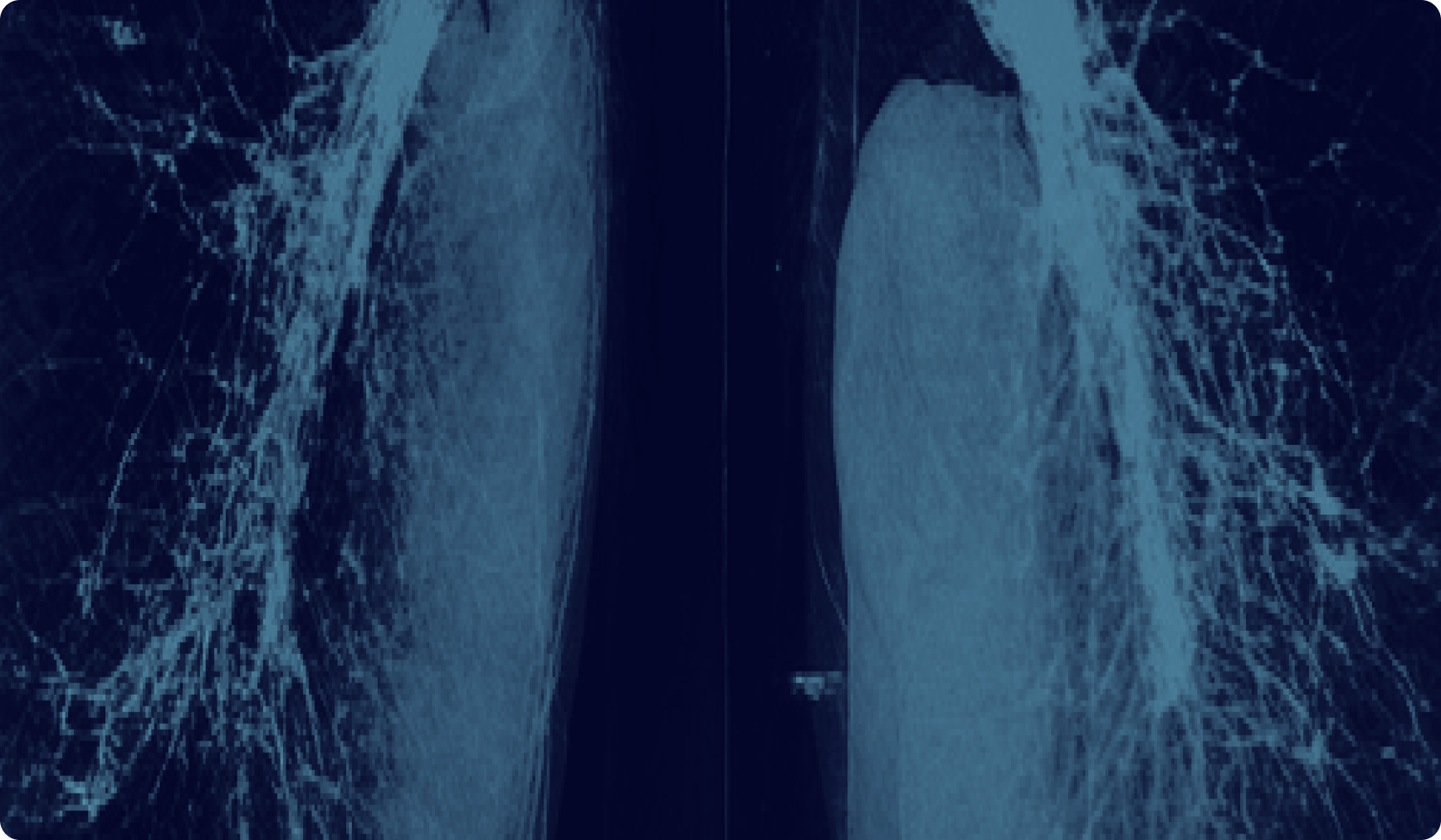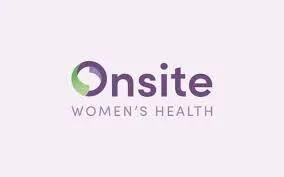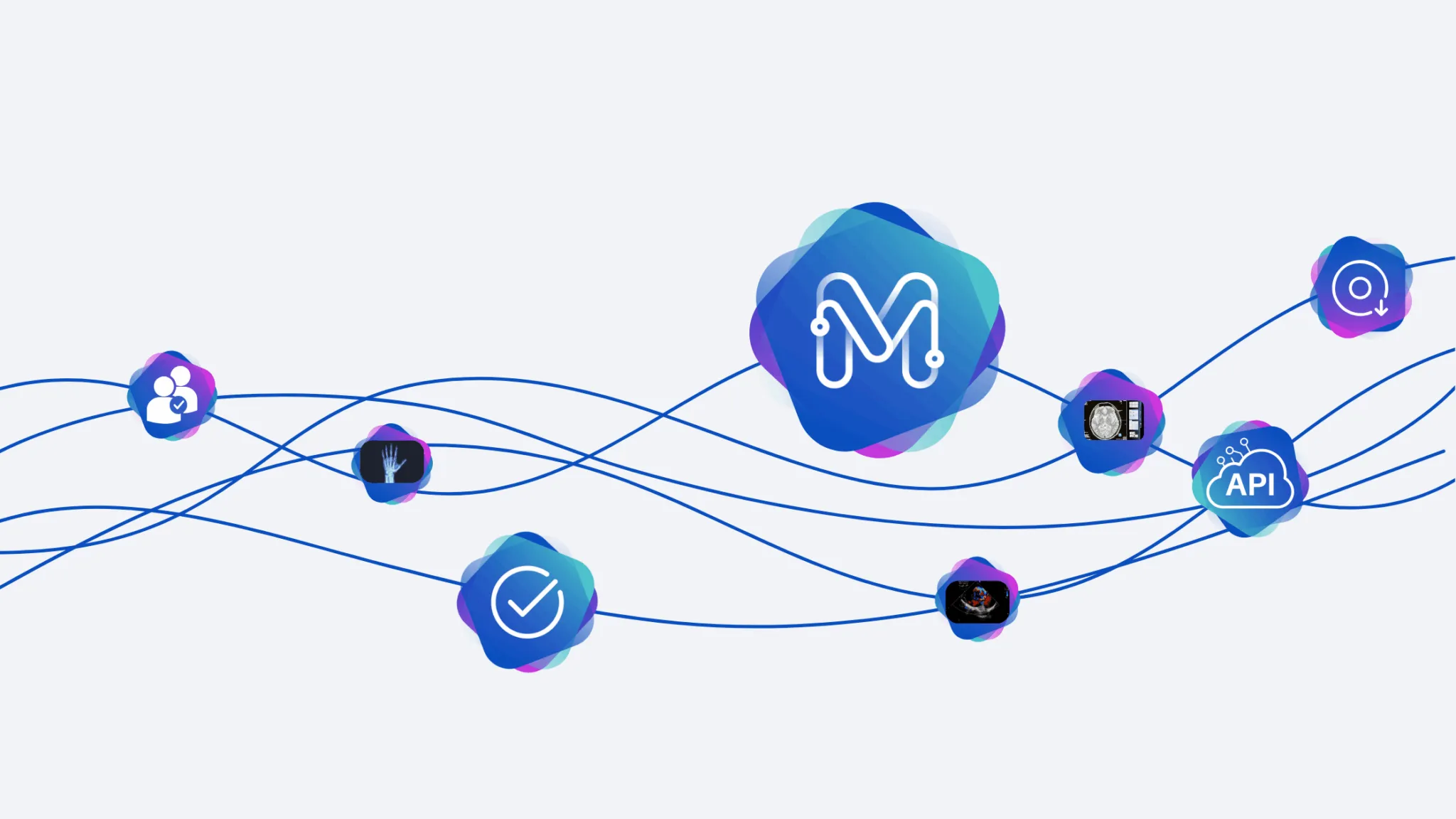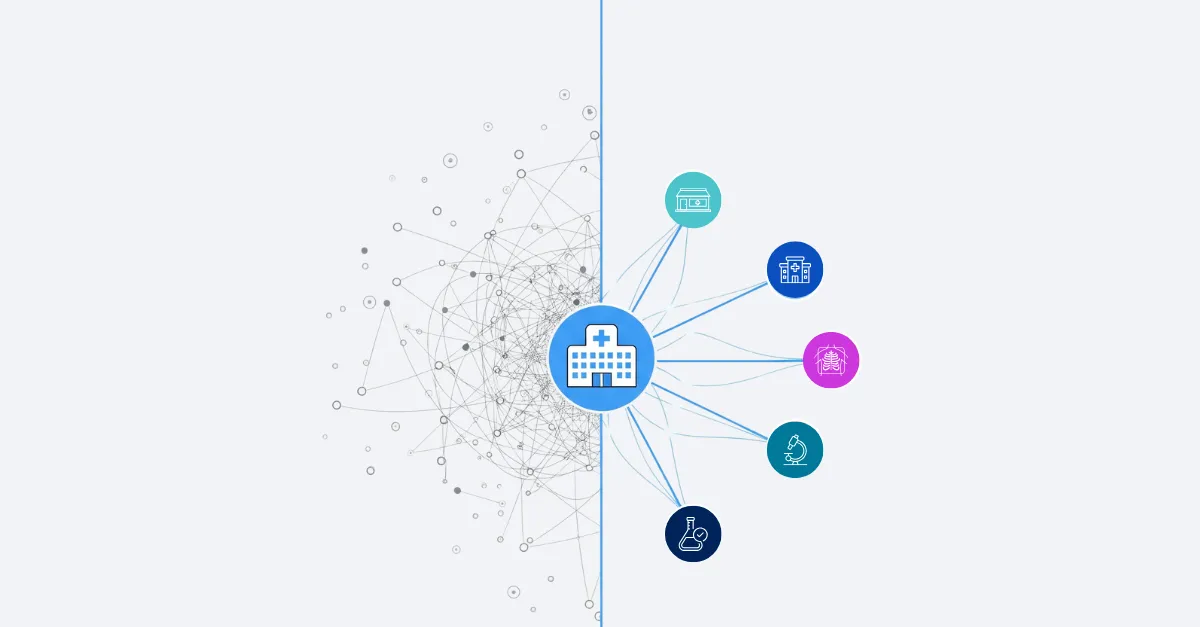
Hospitals

Radiology
.svg)

EHR
.svg)
Pathology
.svg)
Oncology
From Image Exchange to Enterprise Interoperability
Easily share, access, and exchange any medical image. Deliver critical studies directly into the EHR to ease clinician burden, simplify your tech stack, and unlock the research potential hidden in clinical imaging data.

Trusted by leaders in healthcare & innovation





















Research


Cardiology


Clinics

.webp)

Cardiology

Clinics

Research



Medicom is Where Clinical Efficiency Powers New Research.
Intelligently automate image exchange to solve clinical workflow challenges, then transform that data into a research-ready asset to achieve actual enterprise interoperability.
.webp)

Cardiology

Clinics

Research



Medicom is Where Clinical Efficiency Powers New Research.
Intelligently automate image exchange to solve clinical workflow challenges, then transform that data into a research-ready asset to achieve actual enterprise interoperability.
.webp)

Cardiology

Clinics

Research




From Single Studies to Massive Datasets


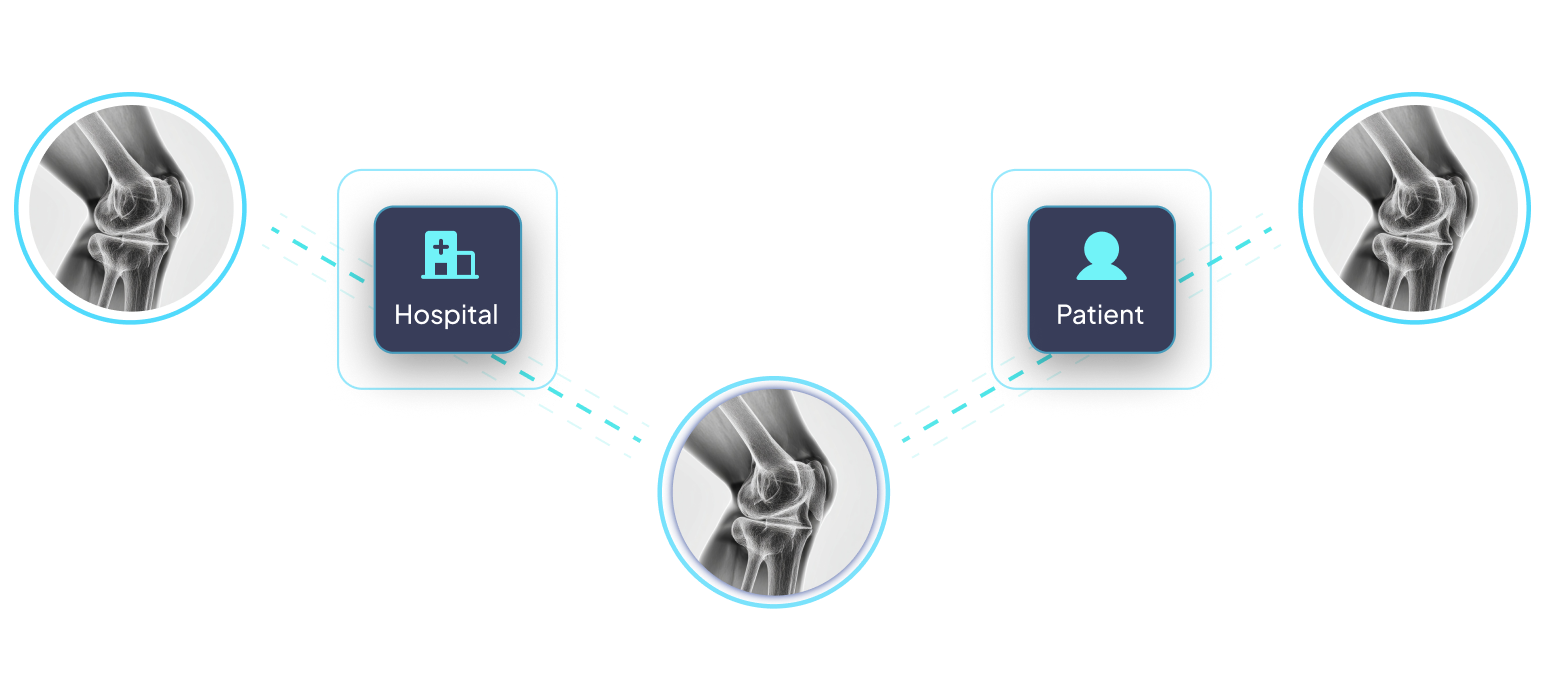
Effortless Image Exchange, Powered by Automation
Automate the image exchange process across ecosystems, find relevant prior studies directly in the EHR, and give your care teams the complete context they need, without adding complexity.

.svg)

Where Data Becomes Discovery
Query your own real-world data or explore a massive connected network. Find the diverse cases you need, uncover new patterns, and accelerate your next medical breakthrough.
Powering Care and Discovery, at Scale
The real measure of a network is how much critical data actually moves. Medicom is designed to break down walls, enabling the sharing of countless clinical images and powering world-class research initiatives with real-world data.
6MM+
Annual Transfers
200K
Cases Made Available for Research
Driving Value at Every Level
For Enterprise Strategy & Growth
Cut operational costs and create new revenue. Standardize image exchange on a single platform that solves clinician burnout and turns clinical data into a valuable research asset.
For Digital Transformation & Security
Replace the patchwork of costly VPNs and insecure CDs with one secure platform to simplify your tech stack, reduce the attack surface, and integrate natively with your EHR and PACS.
For Clinical Excellence
Access relevant priors from any outside network, delivered into your native PACS viewer or via one-click in the EHR. Eliminate the hunt for external images so you can make critical decisions with complete visual context.
For Operational Efficiency
Prevent costly appointment delays and cancellations caused by missing images. By automating the entire image intake and routing process, the platform ensures staff and schedules stay focused on patient care, not manual rework.
For Medical Innovation & Discovery
Request and receive curated datasets of real-world imaging data. The connected network helps you drastically cut down on data sourcing and prep time to get from question to discovery faster.
Unlock Efficiency and Innovation. See How.
Watch how our platform transforms daily tasks for clinicians and researchers, replacing complexity with clarity and speed.

See How [Radiologist] Uses Connect
Lorem ipsum dolor sit amet, consectetur adipiscing elit. Nullam quis euismod lorem. Aenean pulvinar convallis nunc. In lobortis, lectus in imperdiet congue.

See How [Radiologist] Uses Intellect
Lorem ipsum dolor sit amet, consectetur adipiscing elit. Nullam quis euismod lorem. Aenean pulvinar convallis nunc. In lobortis, lectus in imperdiet congue.
When image exchange is seamless, the full picture snaps into focus.

Power Your Interoperability Strategy
The insights and expertise you need to navigate the complexities of modern image exchange.
Your Plan for Enterprise Imaging Interoperability
Talk to one of our experts to plan your interoperability strategy, explore workflows, or get a personalized demo. We’re here to help.



.svg)



